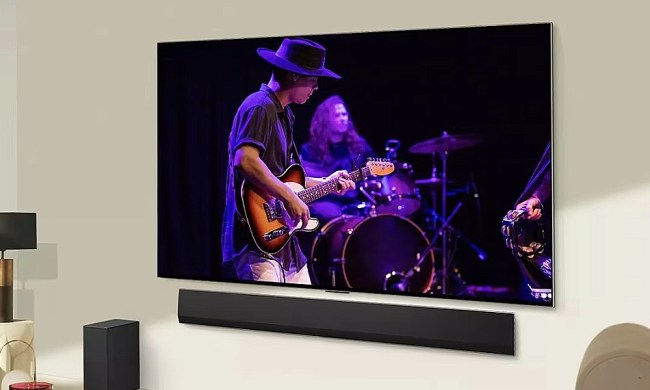By now, you may have read some pretty alarming reports concerning overheating OLED TVs made by LG. By some reported estimates, 60,000 TVs are affected by the problem, though there are still some open questions about the nature of the issue or the severity in terms of safety risk.
But before you grab your fire extinguisher, you may want to take a moment to evaluate all of the details that we are aware of since the story broke earlier this week. While we think there’s certainly good reason to keep a close eye on the situation, we don’t think there’s any cause for owners in the U.S., U.K., or other non-Asian countries to panic.
Here’s what we know:
- On July 20, the South Korean news agency Yonhap reported that LG will offer free repair of TV power boards in South Korea due to “a possible heating risk.”
- In total, 18 OLED TV models are covered by the repair, including:
- 2016 models: OLED65E6, OLED65G6, and OLED77G6
- 2017 models: OLED65B7, OLED65C7, OLED65E7, OLED65G7, OLED65W7, OLED77G7, and OLED77W7
- 2018 models: OLED65G8, OLED65W8, OLED77C8, and OLED77W8
- 2019 models: OLED65W9, OLED77B9, OLED77C9, and OLED77W9
- These models were produced between February 2016 and September 2019 and sold in South Korea.
- LG claims its TVs sold overseas are not subject to the repairs.
- The problem stems from TV power boards that carry the “risk of current overflow after performance degradation of a current-controlling component.”
- LG told ZDNet that the overheating issue “occurred only in very few models out of the total that used the component.”
- LG has not said specifically if this current overflow can cause a fire or not, however, it also said that it will provide free component swaps for all of the affected models “for customer safety.”
- Of the 60,000 TVs that need new power boards, LG has already repaired 22,000 devices, as of July 20.
At the moment, that leaves us no reason to think that LG OLED TV bought here in the U.S., or indeed in any country other than South Korea, have been affected by the problem.
Digital Trends reached out to LG to comment on the situation, and a representative simply reiterated that “the matter affects models that were sold in South Korea. U.S. models are not impacted.”
Power requirements can vary heavily from one country to another, based on voltages and local regulations regarding electrical standards. As such, it’s completely possible that the problematic power boards were simply never used in assembling OLED TVs that were destined for overseas markets like the U.S.
Updated at 12:50 p.m. with a comment from LG.



